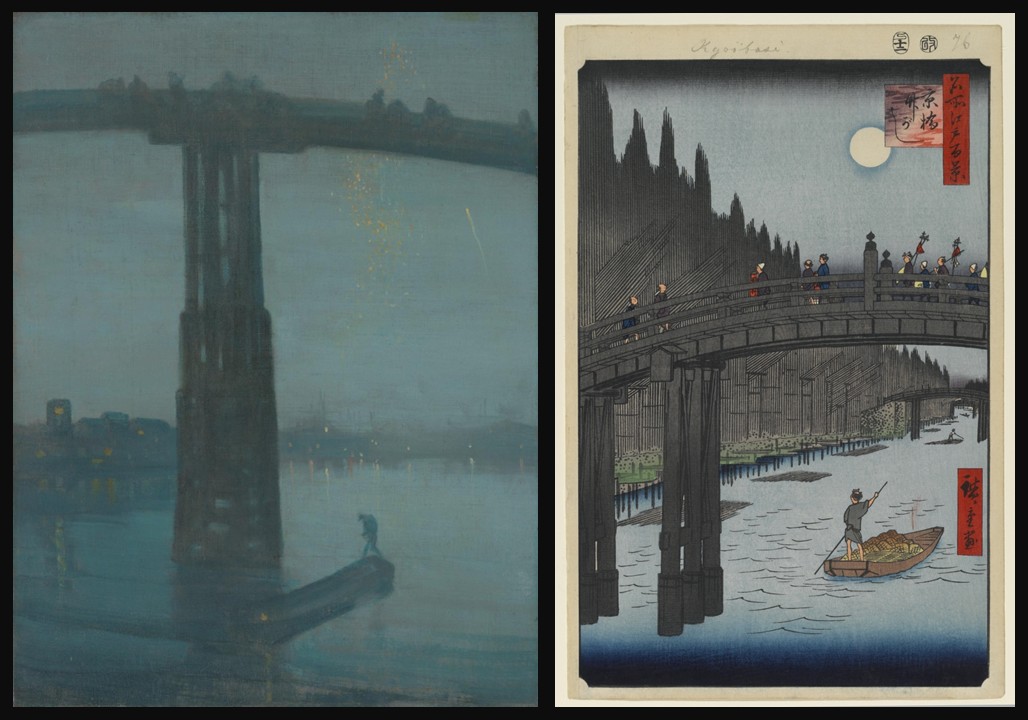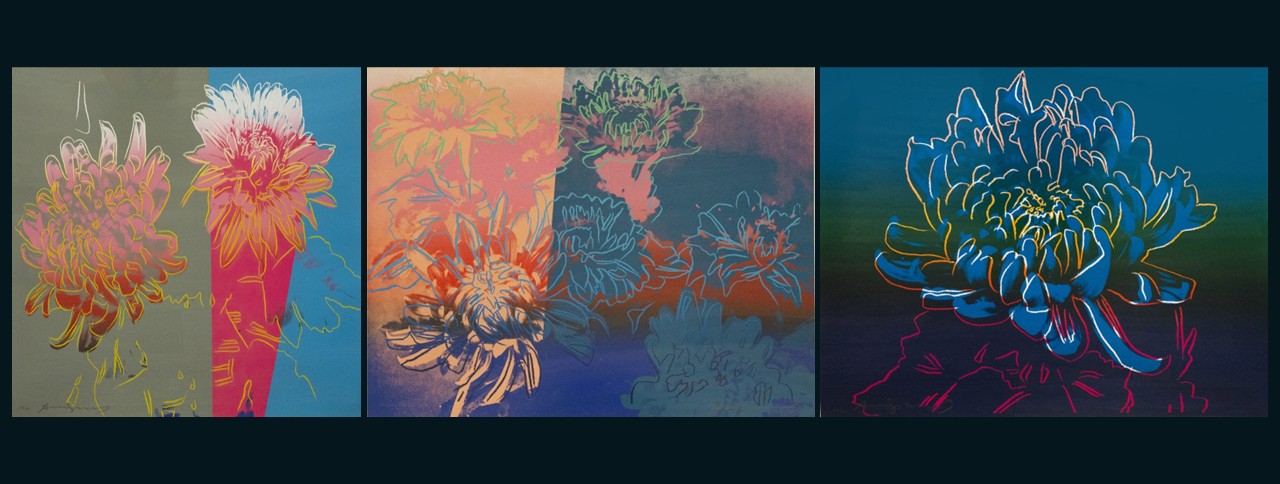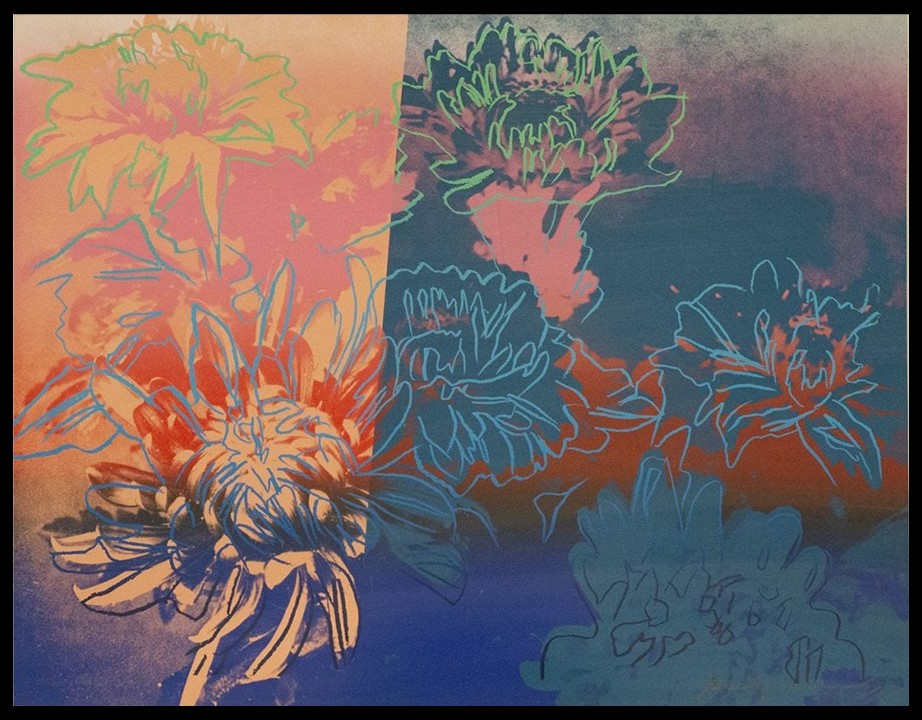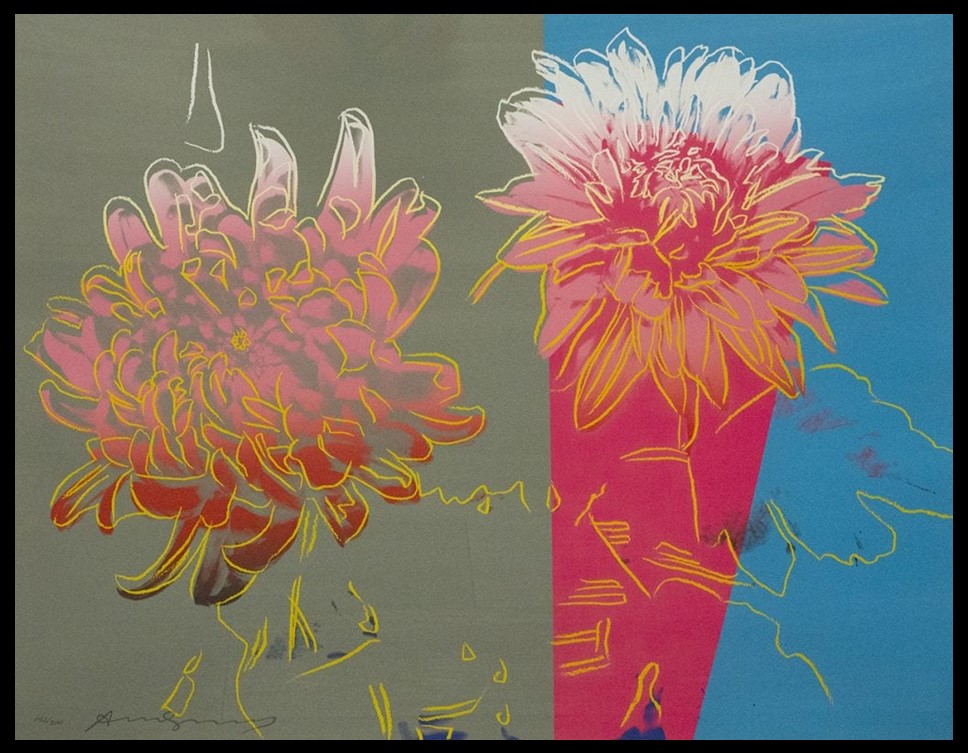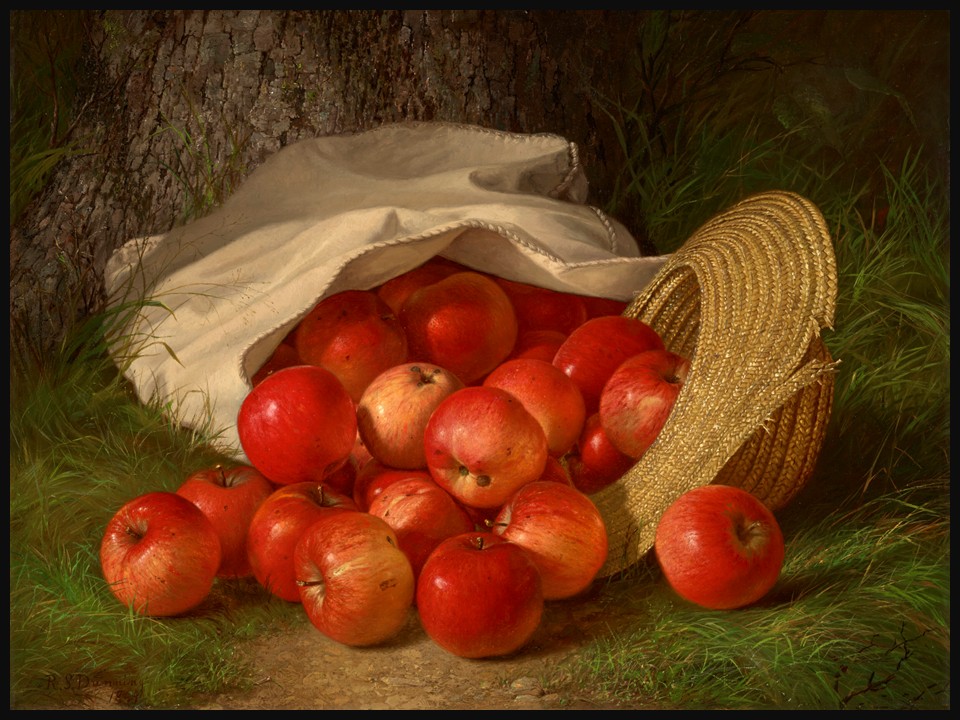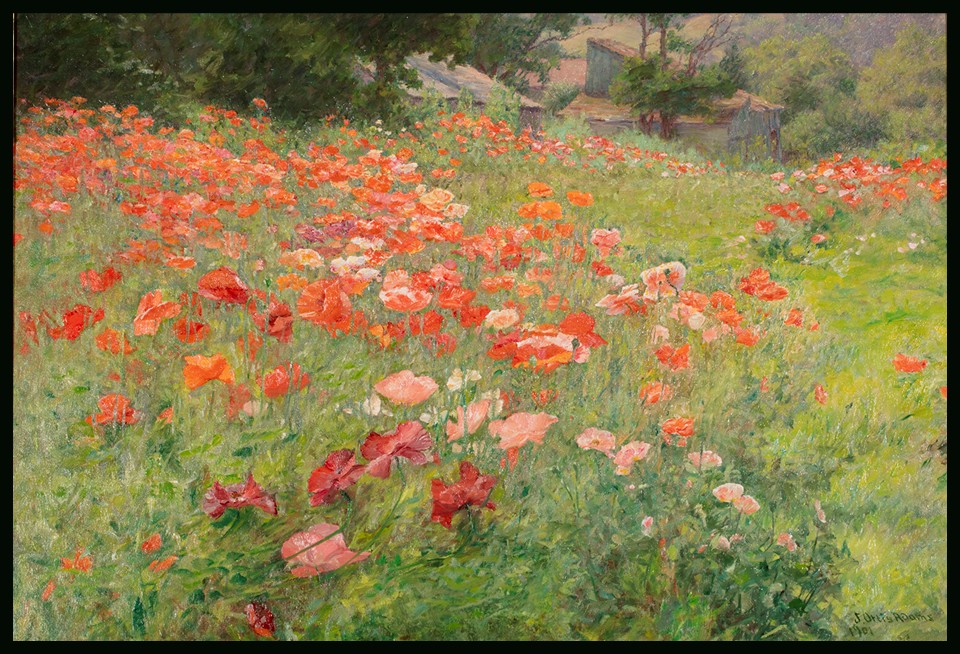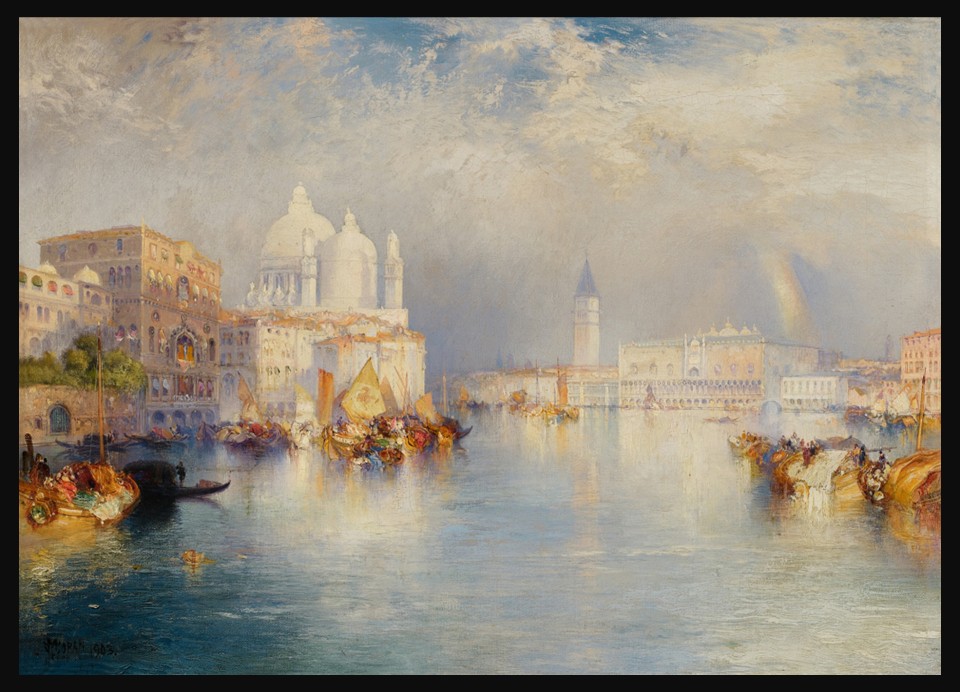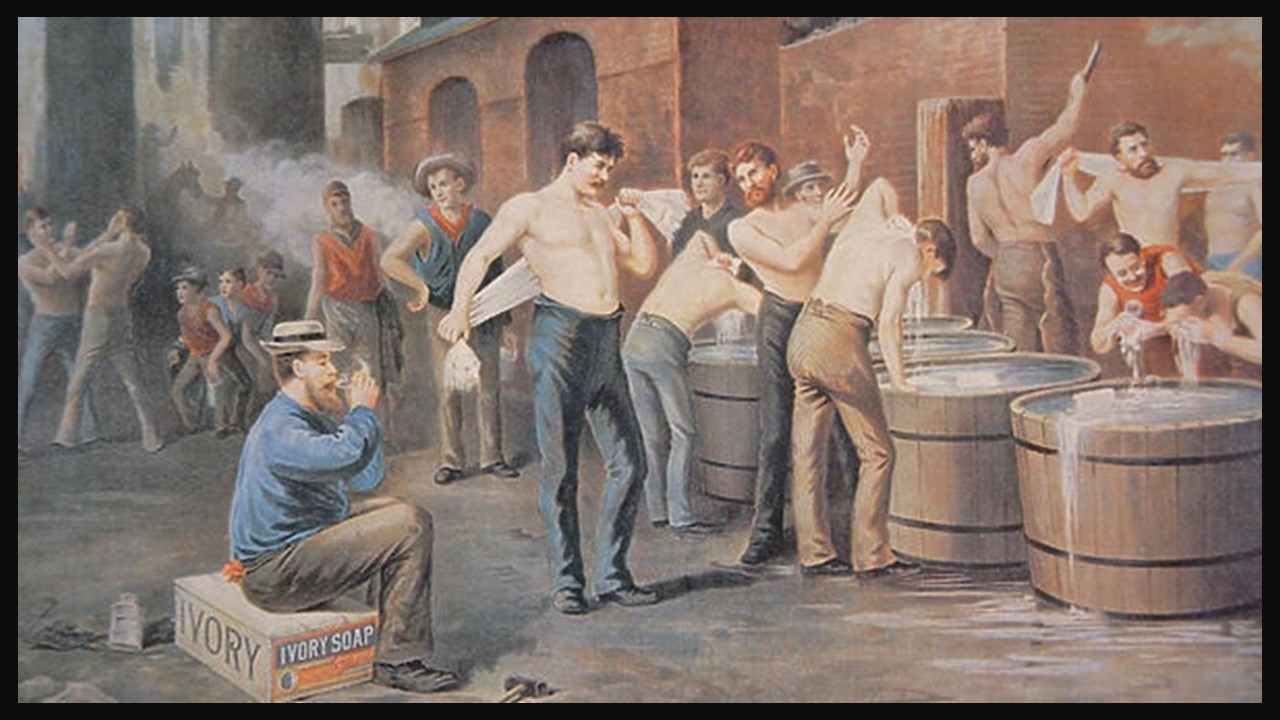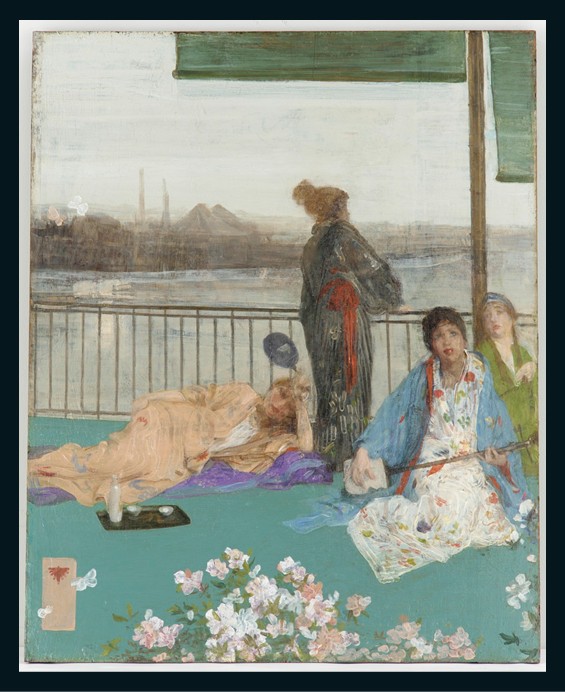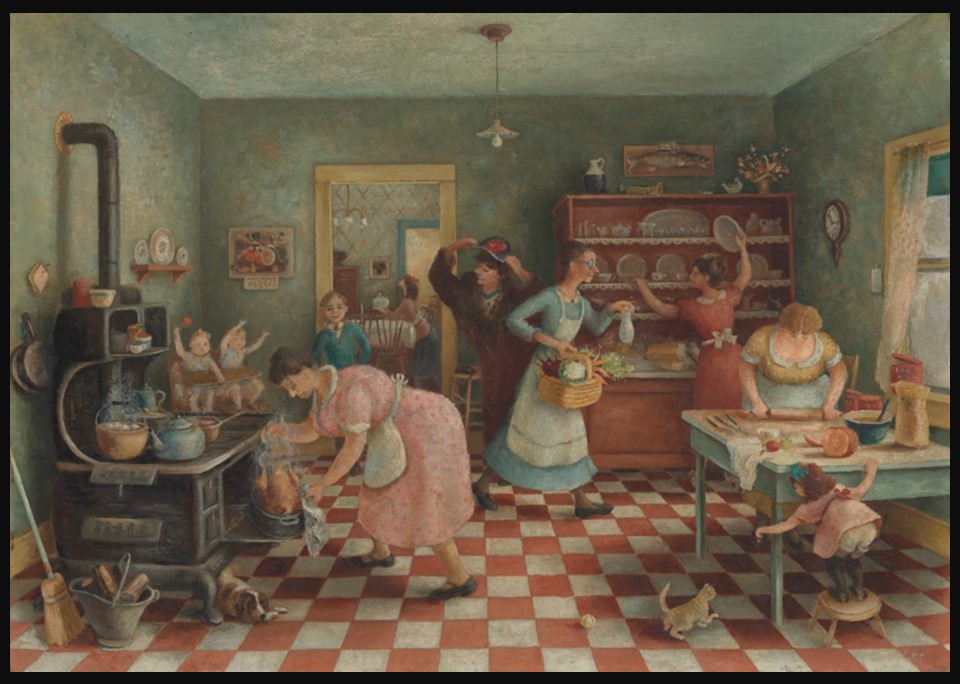
Thanksgiving, c. 1935, Oil on Canvas, 71.3×101.8 cm, The Art Institute of Chicago, USA
https://www.artic.edu/artworks/21727/thanksgiving
As Thanksgiving 2025 arrives, we find ourselves drawn to the timeless spirit captured in Doris Lee’s Thanksgiving, a scene brimming with bustling energy, warmth, and the quiet poetry of togetherness. In her painting, every gesture, every swirl of flour, becomes an act of love and gratitude, reminding us that celebration lives in the small, shared moments of preparation and care. As we gather around our own tables this year, we can reflect on that same sense of unity and joy, where the heart of the holiday lies not in perfection, but in presence: Laughter warms the room, / Flour dusts the afternoon light / Hands share simple joy. Let’s explore 5 interesting Facts about Thanksgiving by Doris Lee
1. Created in 1935
Doris Lee painted Thanksgiving in 1935, a period marked by the Great Depression’s widespread economic hardship. During this era, many American artists turned their focus toward scenes of everyday life as a source of comfort and cultural pride. Lee’s choice to depict an ordinary family preparing for a holiday meal reflected a longing for stability, community, and tradition at a time when many families faced uncertainty. Her vibrant composition and affectionate portrayal of domestic bustle offered a hopeful vision of togetherness amidst national struggle.
2. Award-Winning Work
When Thanksgiving debuted at the Art Institute of Chicago’s annual exhibition in 1935, it won the Logan Purchase Prize, one of the most prestigious art awards in the country at the time. This recognition instantly elevated Lee’s reputation and placed her among the leading figures of American art in the 1930s. The award not only validated her artistic vision but also helped establish her as a key voice within the American Scene movement, especially as a woman artist working in a field still dominated by men.
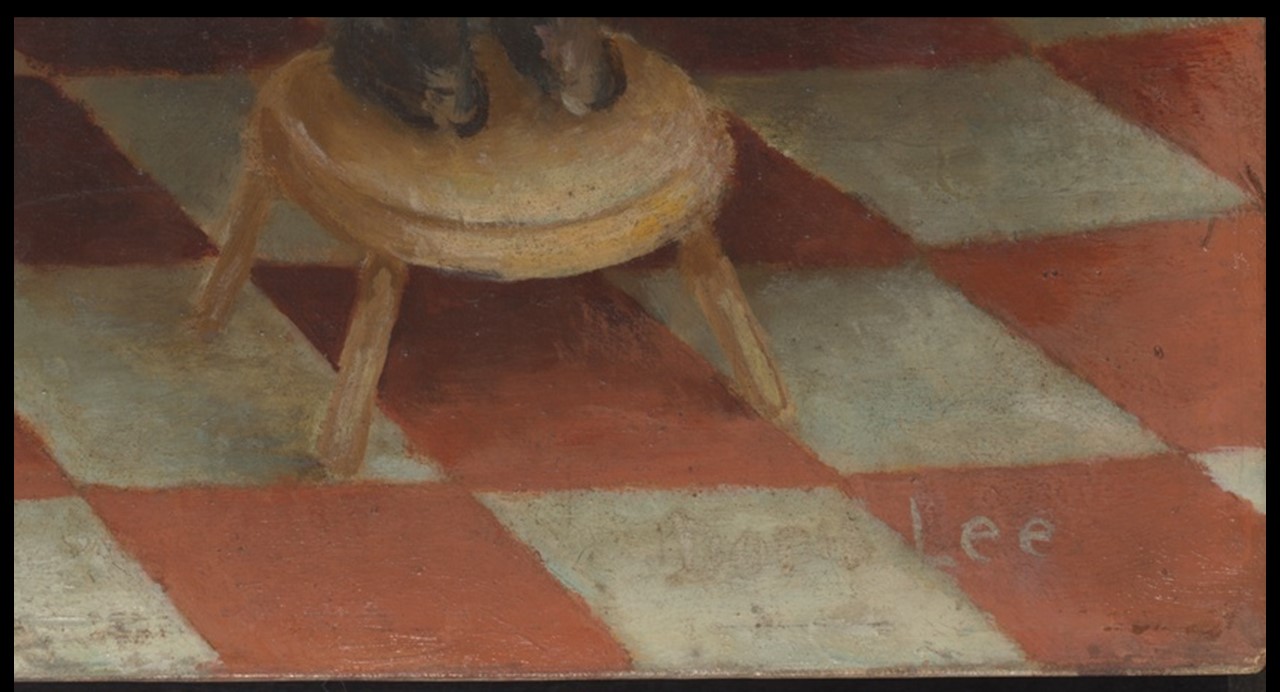
3. Depiction of Domestic Life
Lee’s painting captures a bustling kitchen filled with figures engaged in the joyful chaos of preparing a holiday meal. From kneading dough to stirring pots, each gesture contributes to the communal energy that defines the scene. Unlike traditional depictions of idealized domestic order, Lee celebrates the humor and humanity of family life, the mess, the chatter, and the warmth. Her portrayal honors the often-overlooked labor and connection that make such gatherings meaningful, emphasizing the beauty of ordinary moments shared across generations.
4. American Scene Painting
Thanksgiving exemplifies the ideals of the American Scene, or Regionalist, art movement, which flourished during the 1930s and 1940s. Artists within this movement sought to depict familiar aspects of American life, rural communities, small-town events, and domestic rituals, as a form of cultural storytelling. In contrast to the abstract modernism emerging in Europe, artists like Lee, Grant Wood, and Thomas Hart Benton focused on accessible, narrative-based imagery. Lee’s work, with its charm and human touch, captures both the visual texture and emotional spirit of an America rooted in shared traditions.
5. Controversial Yet Beloved
When first exhibited, Thanksgiving sparked mixed reactions. While audiences were enchanted by its warmth and liveliness, some critics dismissed it as overly sentimental or “naïve.” However, over time, the very qualities that drew criticism, its sincerity, humor, and sense of community, became the reasons it endured as a beloved work of art. Today, Thanksgiving is celebrated as one of Doris Lee’s masterpieces, representing her ability to find artistry in everyday life and to portray the American experience with both honesty and affection.
Doris Lee (1905–1983) was an influential American painter best known for her warm, narrative depictions of everyday life. Born in Aledo, Illinois, she studied art at Rockford College and later in Paris, where she absorbed elements of modern European styles before developing her own distinctly American approach. Lee rose to prominence in the 1930s, particularly after winning the Logan Purchase Prize for her painting Thanksgiving in 1935. Her work reflected the ideals of the American Scene movement, celebrating domestic life, rural traditions, and community spirit with a touch of humor and affection. Throughout her career, Lee’s art evolved from detailed representational scenes to more stylized, colorful compositions influenced by folk art and modernism. She remained an active and respected artist for decades, capturing with grace and warmth the rhythms of ordinary American life.
For a PowerPoint Presentation of Doris Lee oeuvre, please… Check HERE!
Bibliography: https://www.artic.edu/artworks/21727/thanksgiving
